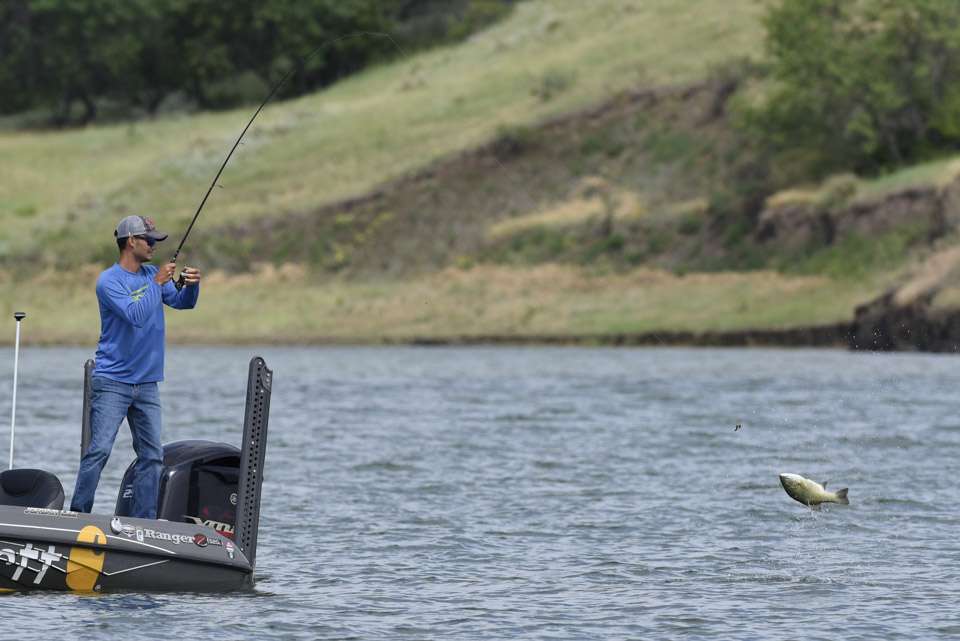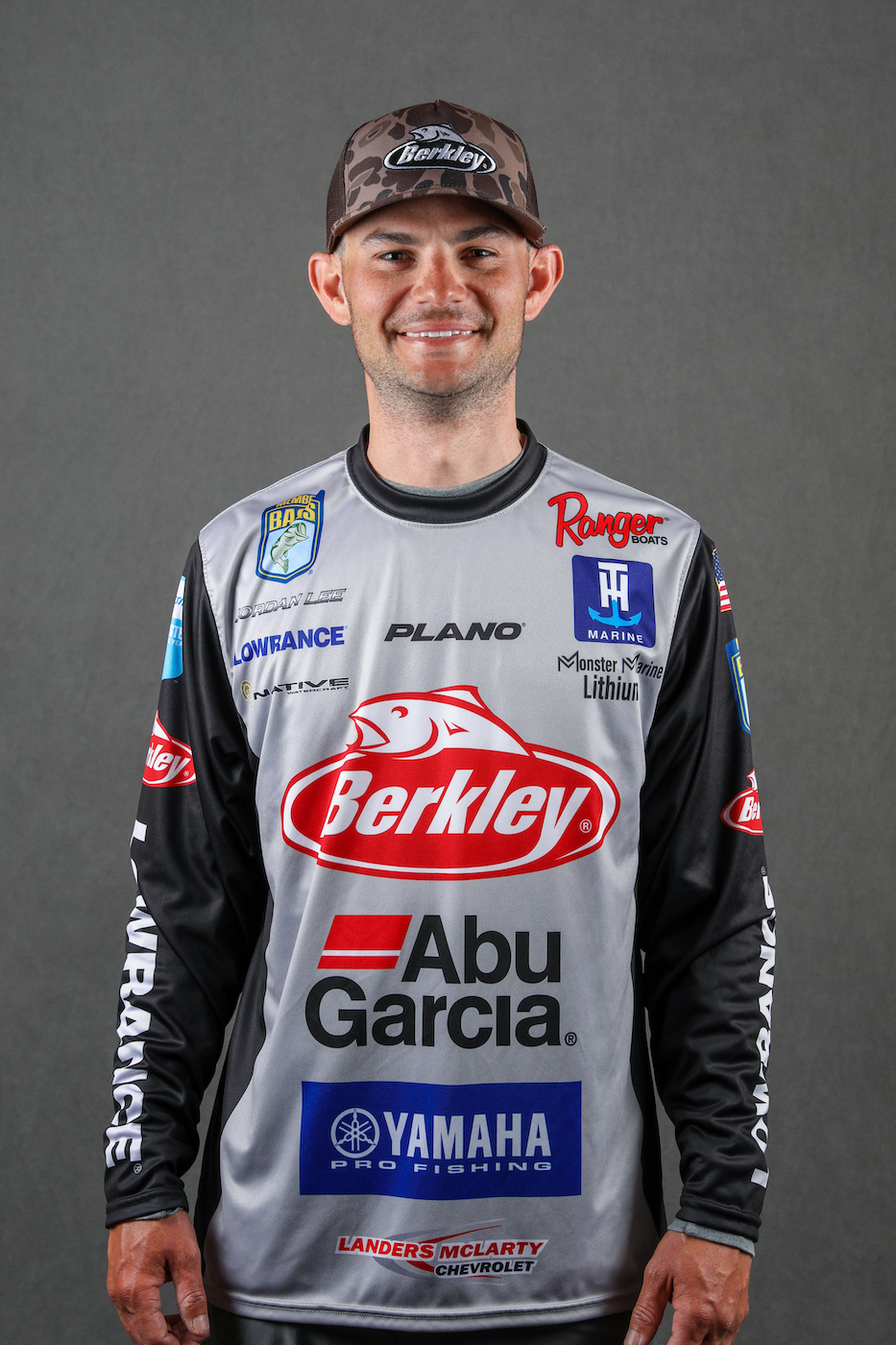
Spinning tackle is an important part of any serious bass angler’s tackle. In some situations it’ll do things that can’t be done with a baitcaster. And, if you set your outfit up properly, you can handle the biggest bass in the lake without any problems.
For starters spinning tackle will handle lighter line than a baitcaster. That’s important if you’re fishing in a clear water lake or if there’s a lot of pressure where you fish. The more natural your bait appears — and it will look more natural with light line — the more bites you’ll get.
Overall, I think spinning reels have better functioning drag system, too. I’m not saying that they are better mechanically than the ones on baitcasters but I am saying they’re easier to reach when you’re fighting a big fish and you can make subtle adjustments more quickly and easily.
All it takes to adjust the drag on a spinning outfit is one quick movement with your hand down to the front of the reel. Turn the knob a little bit and you’re in business. Baitcasters require more movement on your part. The drag is right against the handle so it’s harder to make small adjustments when you’re worried about where the fish is headed.
Another thing about spinning tackle is that it doesn’t backlash. Casting into the wind with a baitcaster can be a problem no matter how experienced you are or how long you have been fishing with one. Some lures catch the wind and tend to float. That slows their forward motion down but your spool doesn’t slow down. The result is a bird’s nest.
The same thing happens when you’re skipping baits. With the spool set real loose the reel seems to have a mind of its own. It spins and overruns when the lure hits the water. And, if you tighten the spool down to prevent that your bait doesn’t skip right. Things are too tight.
None if that is a problem with spinning tackle. The line flows off the reel freely and stops when your bait stops pulling it off.
There is one part of skipping with a baitcaster that is better, however — accuracy to the target.
But I’ll still recommend that unless you’re an expert you should skip with a spinning outfit. If you backlash every time you try to skip, you’ll stop doing it after a while. In my opinion it’s better to be a little less accurate under a dock or tree limb than it is to not fish there at all.
It’s a pretty basic idea, really. If your lure isn’t in the water, you won’t catch anything. And some of the best places to have it in the water are where you have to skip it to get it there.
Here’s the bottom line when it comes to fishing for bass with a spinning rod and reel: It’s a good choice when conditions call for it, and they call for it more often than a lot of anglers think.
Next time I’m going to discuss something I learned about spinning tackle when I was practicing my hooksets on Smith Lake. A big part of that learning experience was how to spool fluorocarbon on an open-face spool without creating a twisted mess.

